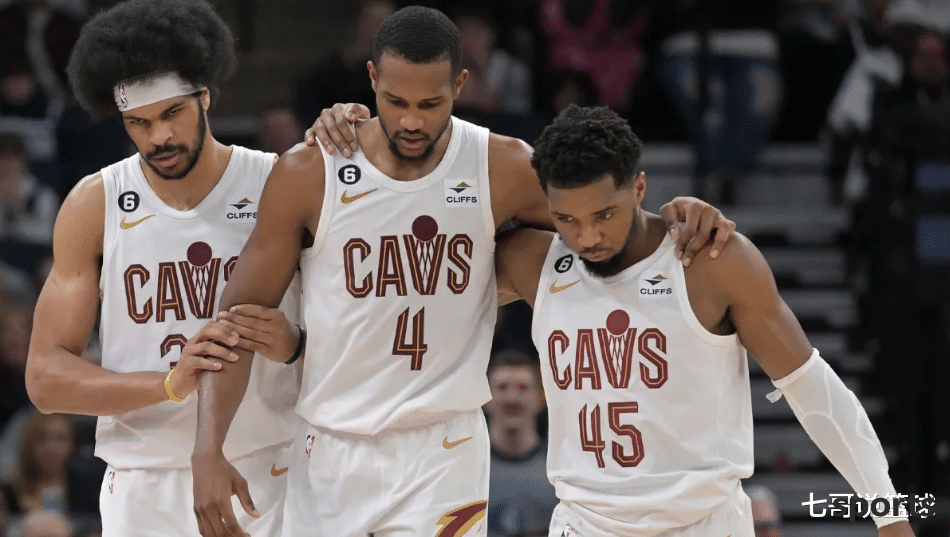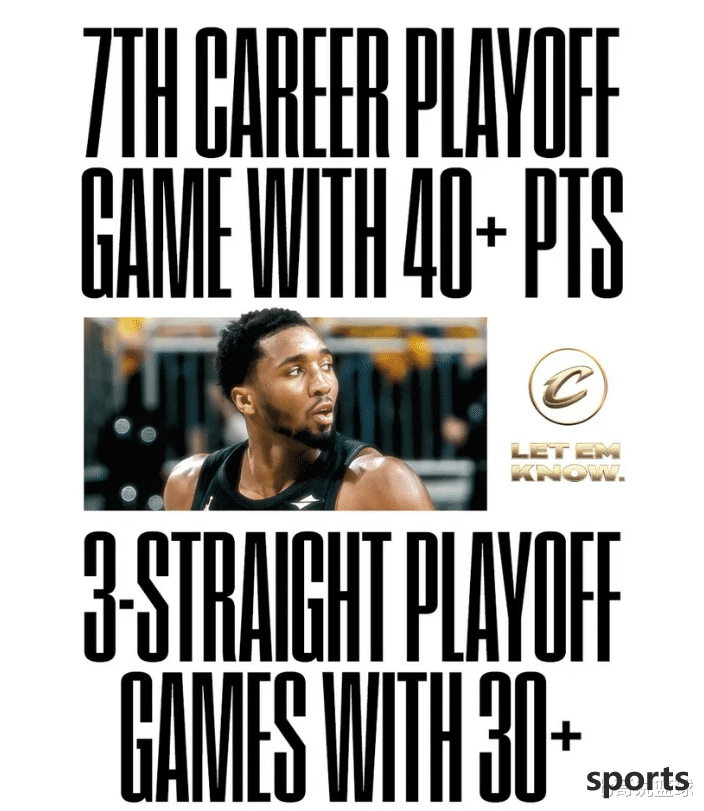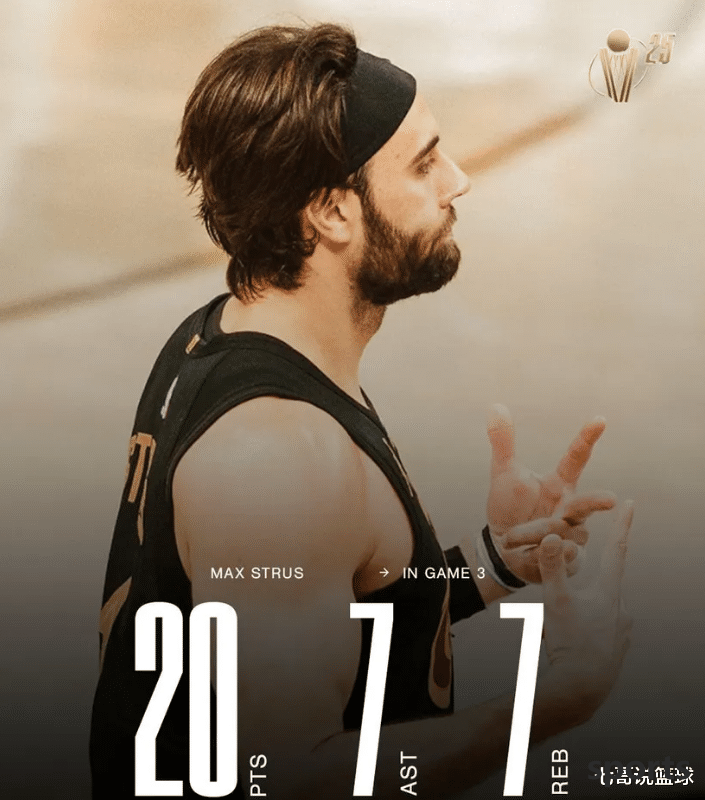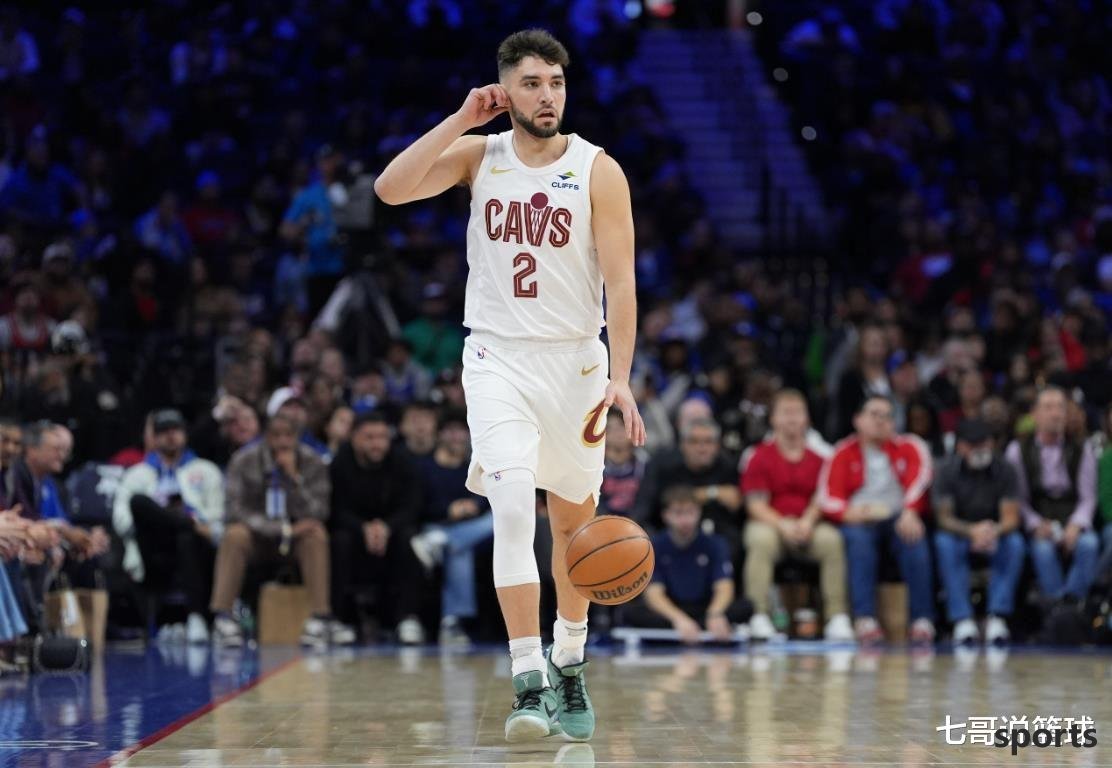The 64-win Cavaliers were swept by the gentleman. Where will the offseason go? How can the sky-high contract renewal + lineup dilemma be solved?
The Cavaliers in the regular season are undoubtedly the most gratifying team in the league, because after hiring Atkinson, they scored the best record of 64 wins and 18 losses, and also provided contract extensions for the four core players. The Cavaliers in the playoffs are also the most disappointing team in the league. After sweeping the Heat, they were swept out by the Pacers gentlemen. Where should the Cavaliers go next? First, how to deal with the "second line": Mobley won the DPOY (Best Defensive Player) in the 24-25 season. His performance is true for both the regular season and the playoffs, but there are also sweet worries. Because he was elected as DPOY, the Derek Ross clause was triggered. The contract renewal will increase by $45 million, and the salary will increase by $7.7 million in the 25-26 season. In other words, Mobley will receive a salary of $4,600+ in the 25-26 season. In addition, Mitchell also has a salary increase of $11 million. In this way, the Cavaliers' salary cap in the 25-26 season will enter the second luxury tax starting line, which is something that all teams cannot face, with limited transactions, limited signing, etc. In short, salary cuts are imminent. Second, how to disassemble the "backfield double gun": Mitchell and Garland in the regular season did play the top "double gun", but in the series against the Pacers, the height disadvantage of the two was infinitely magnified, Halliburton, Nemhard, and Nesmith were all about 5 cm taller than the two of them. During the regular season, Mitchell + Garland can make up for the disadvantages of the defensive end with efficient offense. However, in the fierce playoffs, Mitchell + Garland is no longer efficient on the offensive end. Data shows that in the series with the Pacers, Mitchell averaged 34.2 points, 5.8 rebounds and 3.8 assists per game, but his shooting percentage was only 42.4%, which was barely achievable. Garland averaged only 14 points per game and averaged as many as 4 turnovers per game. He shot 34.2% from the field (47.2% from the regular season shooting percentage), and 16.7% from the three-point shooting percentage (40% from the regular season three-point shooting percentage), which is a disaster-level performance. Garland's playoff performance is difficult to associate with $35 million, All-Star guard. Third, how to choose the number three position: Cavaliers have three small forwards, namely Struce, Hunter, and Okoro. The total salary of these three is more than $53 million, and their contracts are signed in the 26-27 season. If the Cavaliers want to upgrade their lineup, at least one of these three will become a bargaining chip in the trade. The three have their own advantages and disadvantages. Struz is the best shooter. Hunter is the most comprehensive and Okoro has the toughest defense. In the five-game series, Struz averaged 2.8 three-pointers per game, but it was not stable enough, especially in the final game, and he lost zero. Hunter's performance was as bad as Garland, and his salary was the highest among the three ($21.7 million). Fourth, Jerome is letting or staying: Jerome played the "Best Sixth Man" level in the regular season. In the first round of the series swept the Heat, he averaged 16.3 points and 4.8 assists per game. In the five games against the Pacers, he scored 21 points in the first game. In the other four games, the total score was only 19 points, and the turnover number increased exponentially compared to the first round. Is the the Cavaliers worth a raise for him (the salary in the 24-25 season was $2.56 million)? Fifth, how to operate the draft: Although the Cavaliers do not have a first-round pick this year, they have two second-round picks, they have two first-round picks in 27 and 29 years, and two first-round picks in 26 and 28 years. In this way, the Cavaliers have the conditions to make some moves in the draft. 



- Recent Posts
-
- Is the reconstruction of the b
- There are good and bad! Team m
- 3 signings and 1 deal was reac
- Su Qun: There are 4 teams that
- The annual salary is 59.6 mill
- The player that Warriors fans
- Rodman tried to commit suicide
- Jokic is still stronger than A
- How long will it take to play
- The remaining big fish in Free
- Hot Posts
-
- How strong is the strongest hi
- Yang Hansen tried out the Warr
- NBA rumor: Kevin Durant believ
- Looking forward! 2025-2026 NBA
- Anthony is rated as the strong
- Replica Legend, Thunder Alexan
- Data analysis: Pacers 2-1 Thun
- NBA Summer United: Yang Hansen
- Yang Hansen s rookie contract
- Magic vs. Free throws: Hallibu
- Durant is destined to join the
- There are good and bad! Team m
- Which NBA team is more suitabl
- NBA character Alexander: The T
- Behind SGA’s Give Up 100 milli
- Hit 10+4+5+3! Yang Hansen made
- After Westbrook jumped out of
- The NBA playoff division final
- After Bill reached a buyout, t
- 2025 Rookie Observation (20):
- search
-
- Links
-
